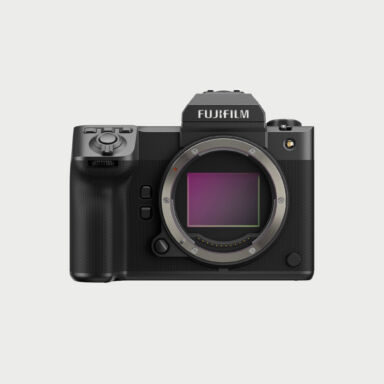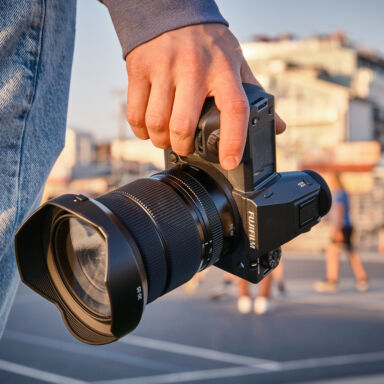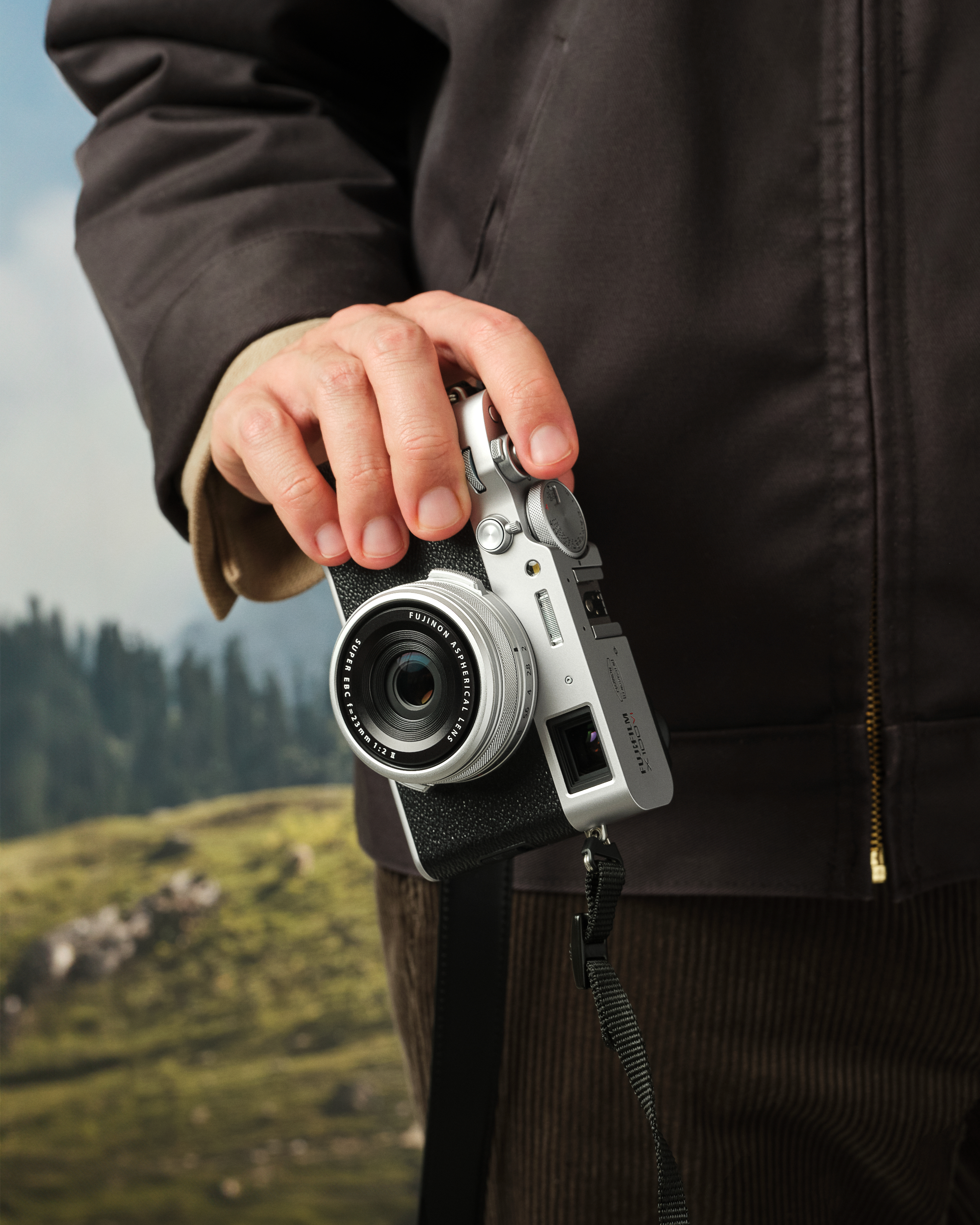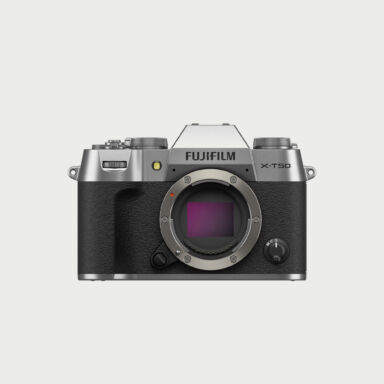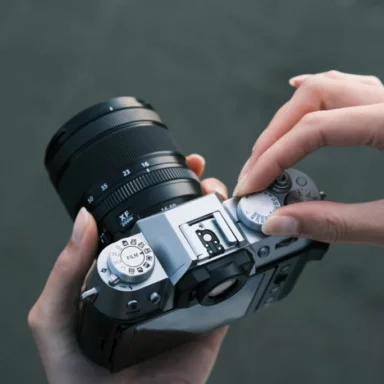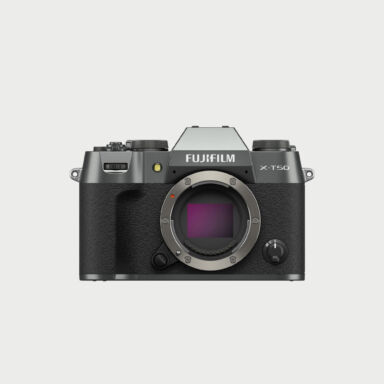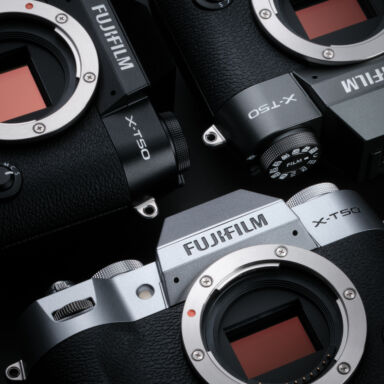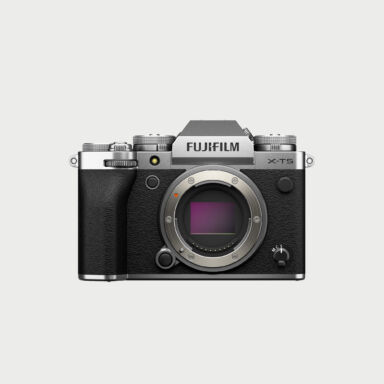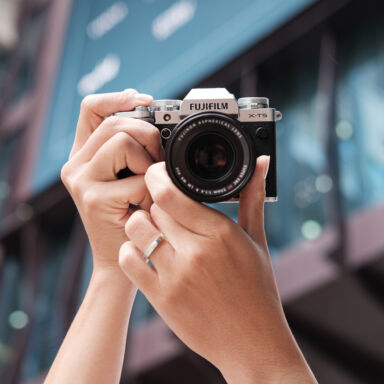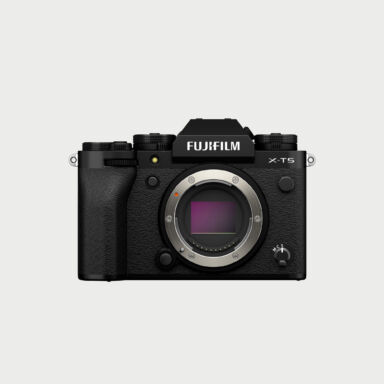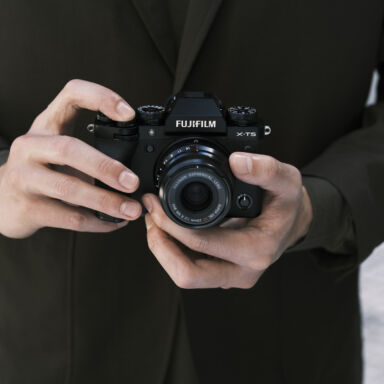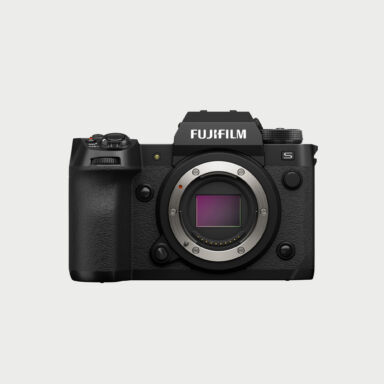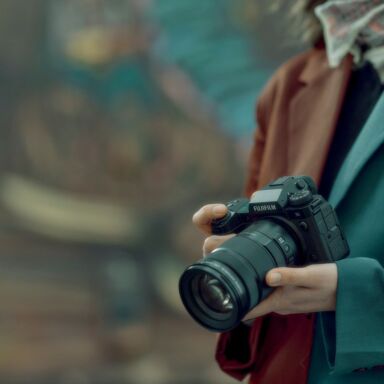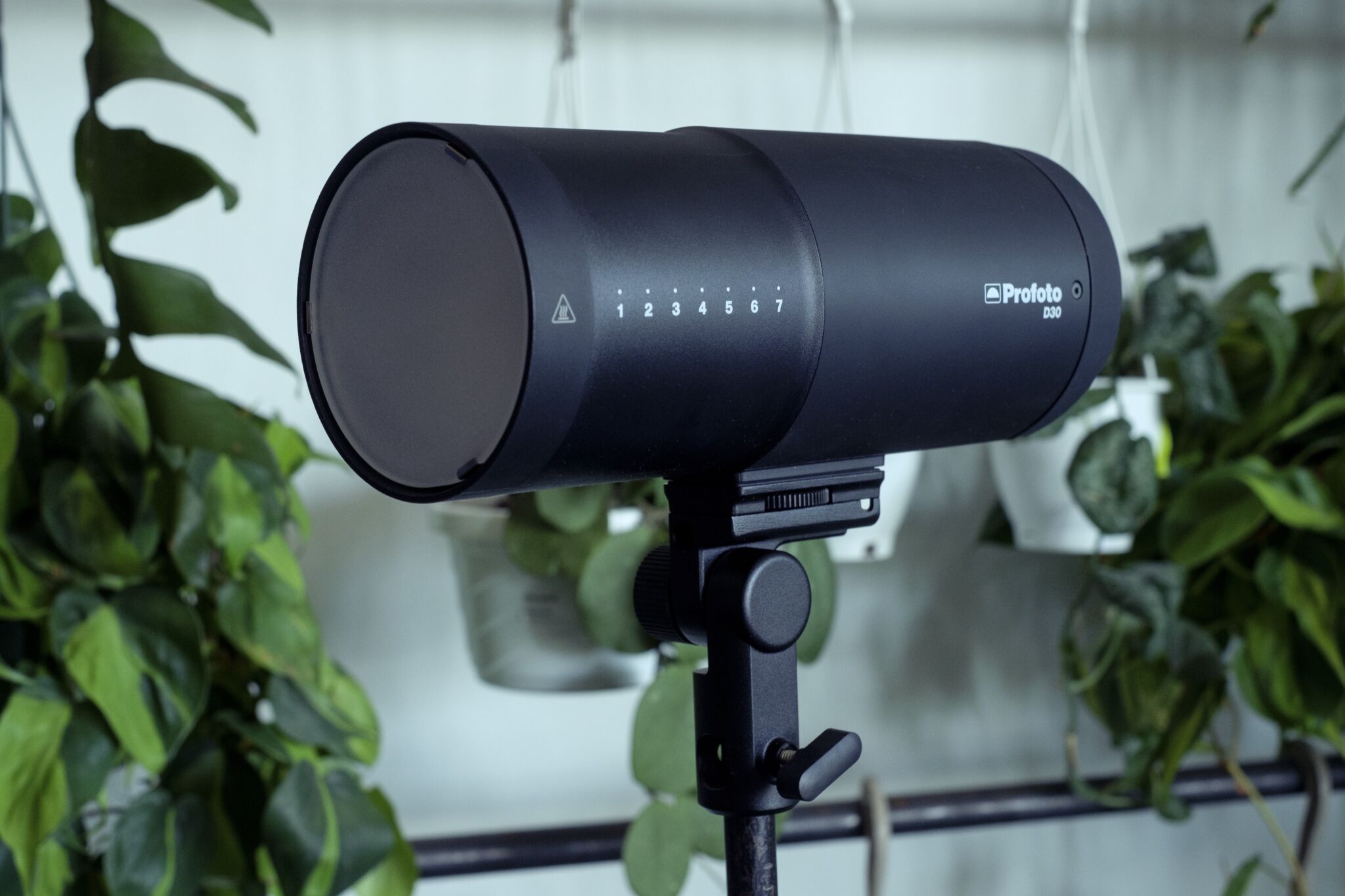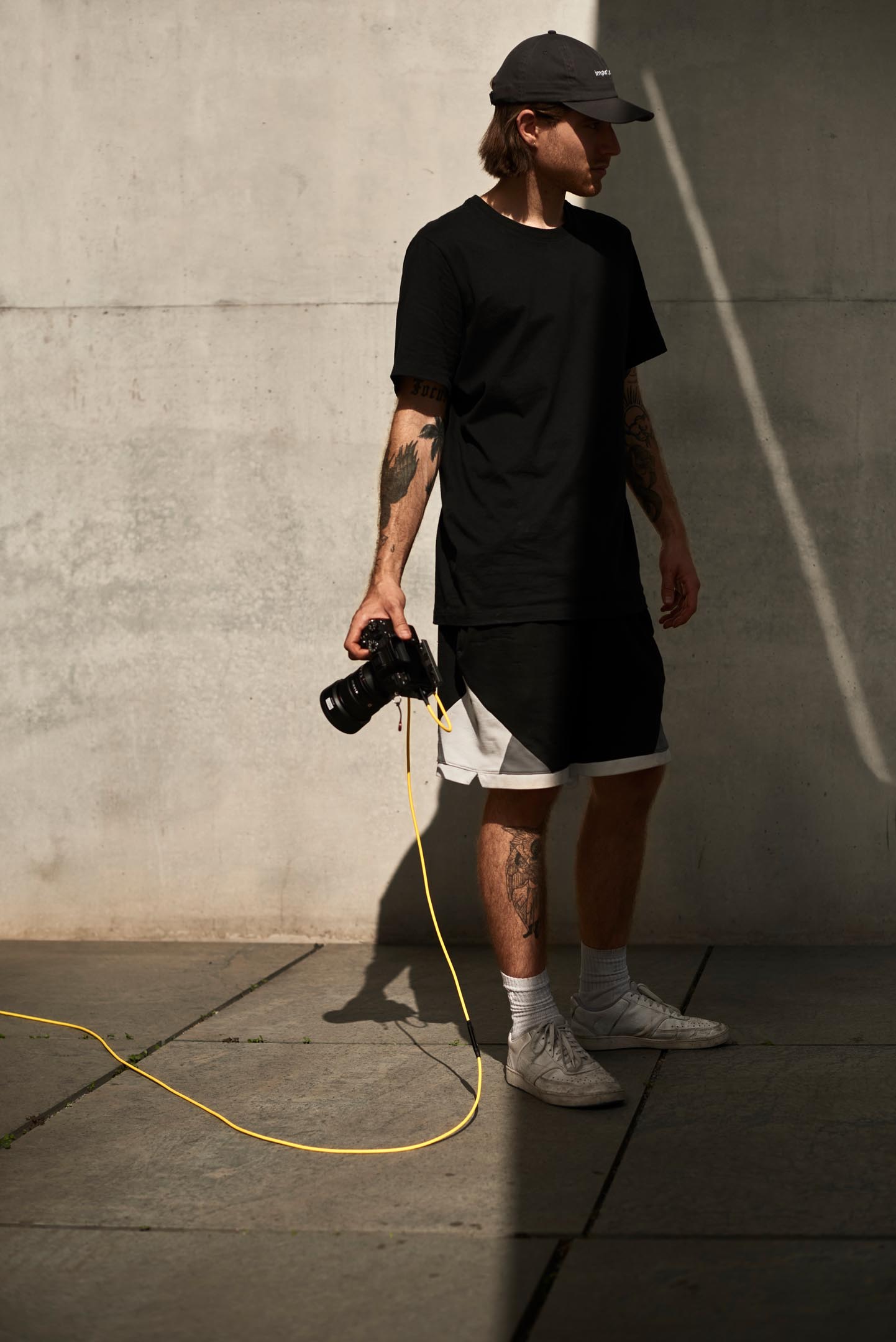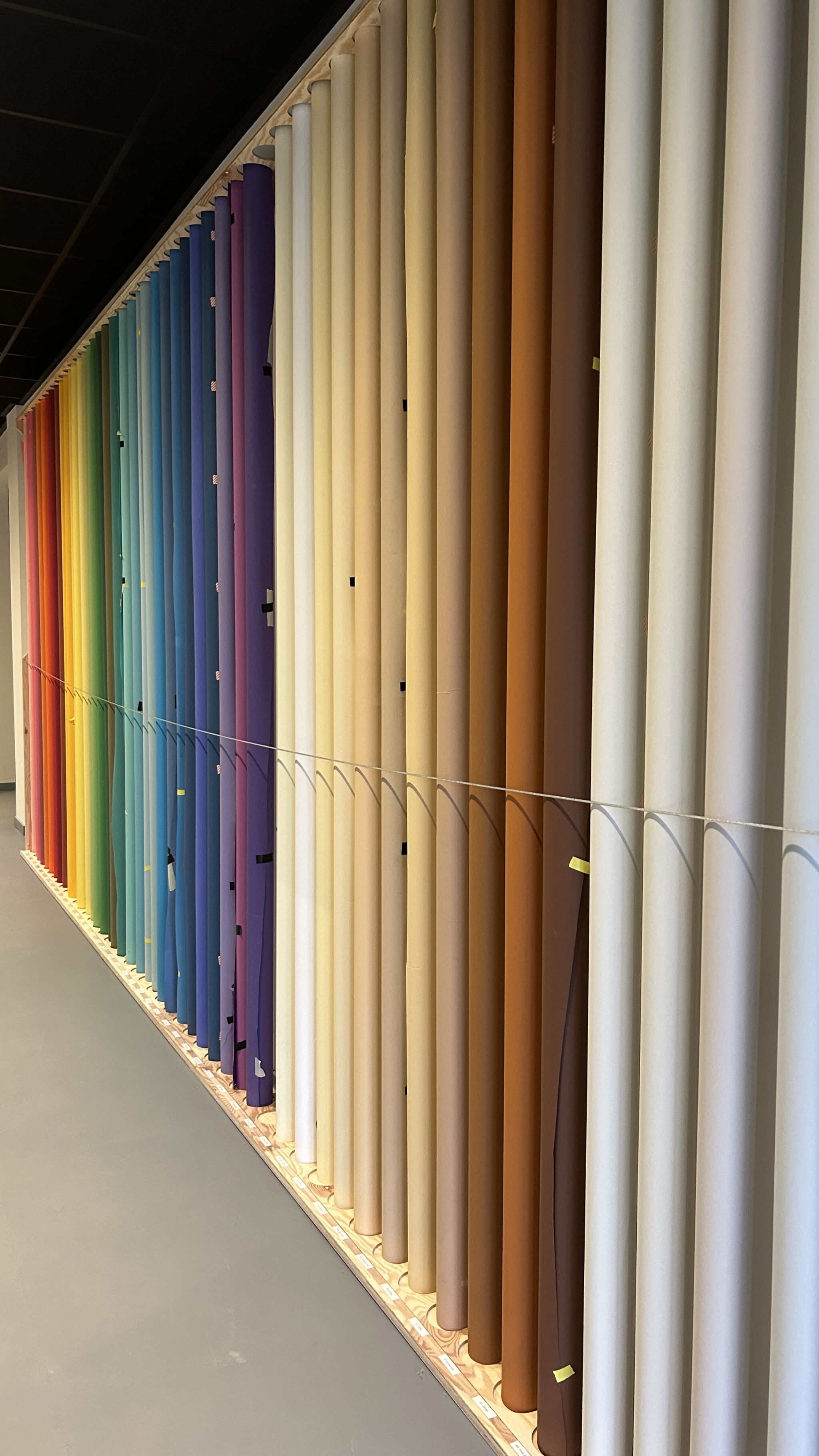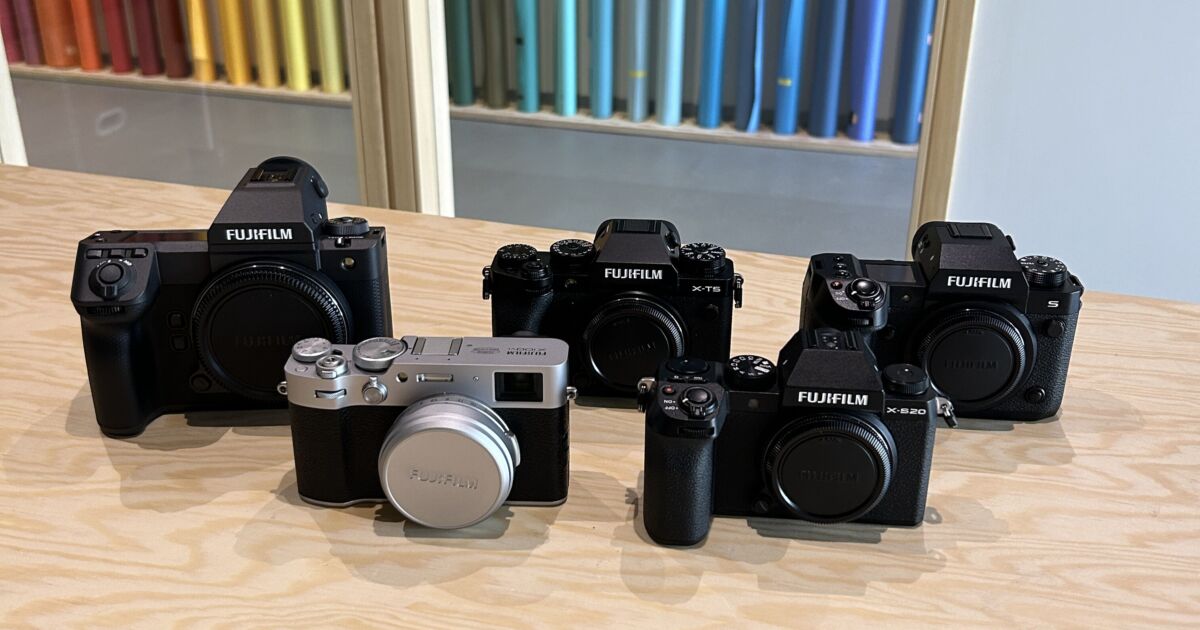Profoto has just announced its new monobloc flash unit, the Profoto D30. In this article, we review the D30, its technical specifications and how it compares with the Pro-D3 and B10X Plus.
In January 2012, Fujifilm entered the market of mirrorless cameras, also known as hybrid cameras. Since then, Fujifilm has significantly expanded its range of bodies to become an indispensable reference.
Fujifilm offers two ranges of cameras: the X series and the GFX series.
The X series includes cameras with APS-C sensors. Notable models in this series include the X-T5, X-H2S, and the highly acclaimed X100VI.
The GFX series, on the other hand, is aimed at professional photographers. These cameras feature medium format sensors, which are larger and more powerful, such as the GFX100II or the new GFX100S II.
While medium format cameras in Fujifilm’s GFX range, such as the GFX100II or GFX100S, are among the best on the market for professional photographers, it is with cameras from the X series that Fujifilm has captured the mainstream audience.
In this article, explore our selection of the 5 best Fujifilm cameras to buy in December 2024.
Discover the features, strengths, and weaknesses of each Fujifilm camera to determine which camera best suits your needs.
Table of contents
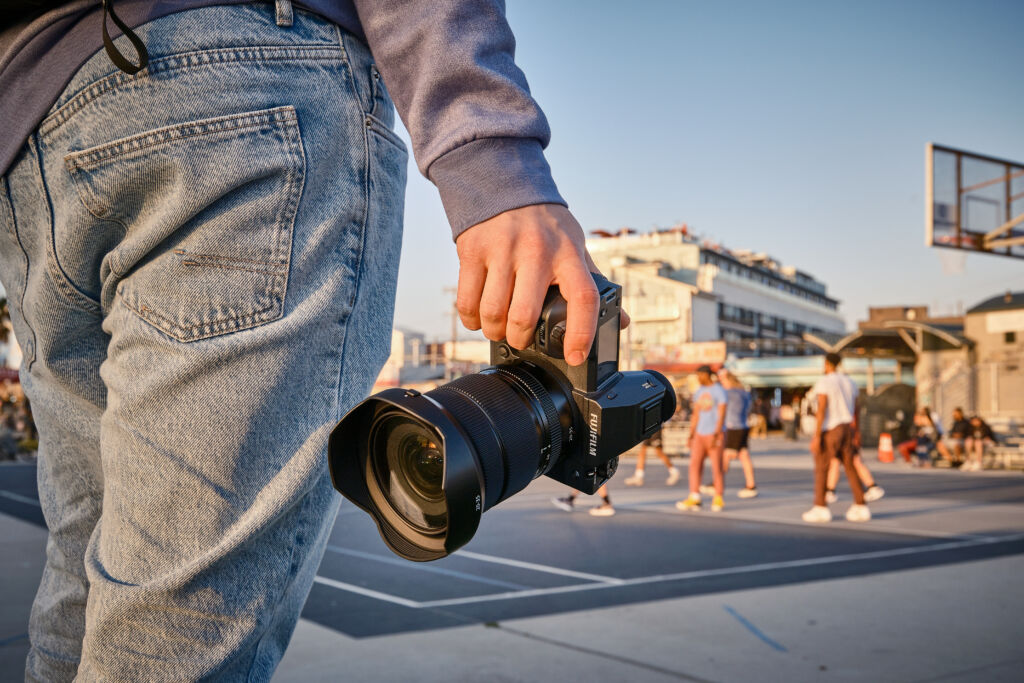
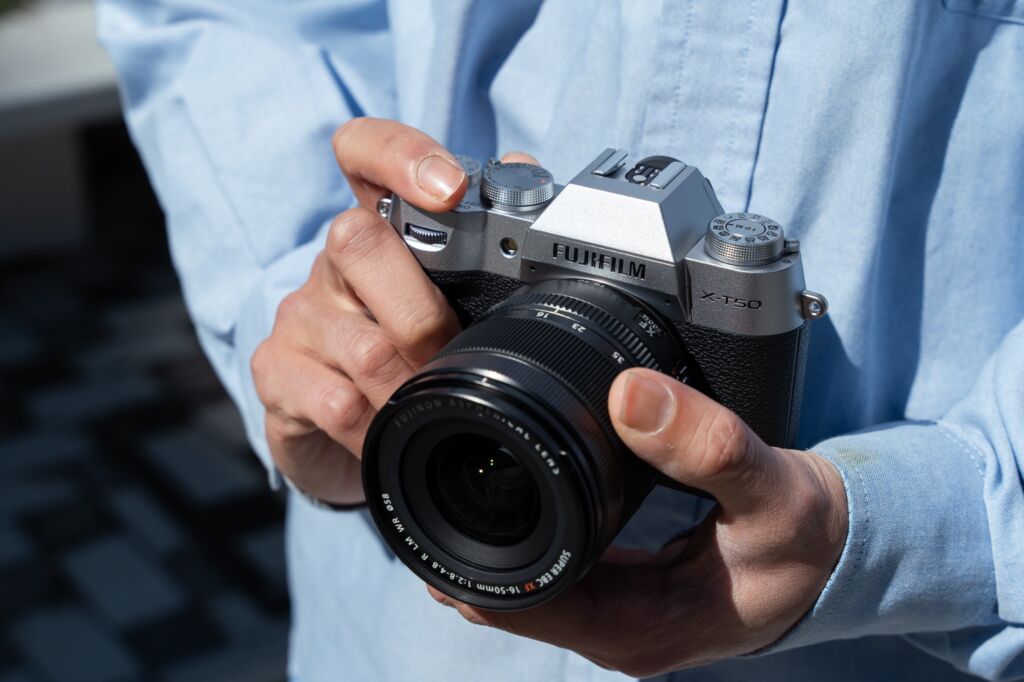
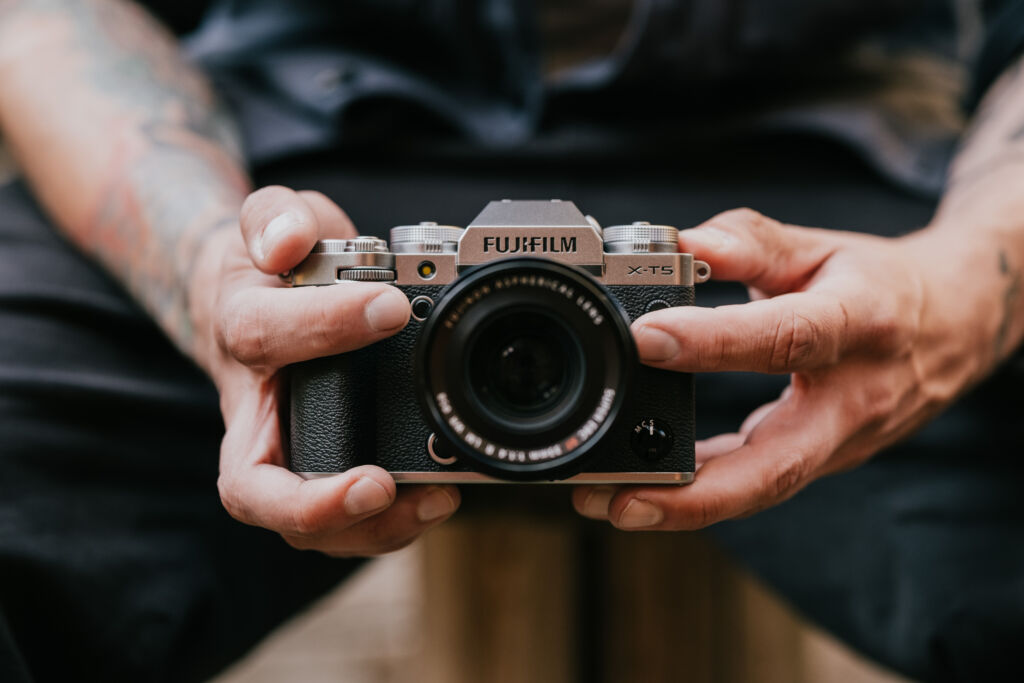
1. Fujifilm GFX100 II: The ultimate medium format camera for professional photographers
The Fujifilm GFX100 II is a medium format camera designed to meet the demands of the most discerning professional photographers.
Featuring a 102-megapixel back-illuminated CMOS sensor, this Fujifilm camera delivers exceptional resolution and remarkable image quality, capturing every detail with incredible sharpness.
The GFX100 II boasts an impressive optical viewfinder with a resolution of 9.44 million dots and a 1.00x magnification, along with a five-axis image stabilization system.
Another highlight of the GFX100 II is its ability to achieve a burst rate of 8 fps with a mechanical shutter and up to 5.3 fps with an electronic shutter.
With advanced video capabilities including 8K/30p recording and the ability to capture cinema-quality 4K DCI videos, the GFX100 II is not only geared towards photography but also excels in high-quality video performance.
Intuitive ergonomics, a high-resolution electronic viewfinder, and fast, precise autofocus make the Fujifilm GFX100 II a versatile and powerful camera, ideal for landscapes, fashion, portrait photography, and other genres of professional photography.
Ideal for: Professional photographers with a certain budget looking for a high-end Fujifilm camera offering high detail levels.
More details on the GFX100II.
- High resolution: Equipped with the large 102 MP CMOS II sensor, the Fujifilm GFX100 II offers excellent image quality with great sharpness and precise details.
- Image stabilization: The Fujifilm camera’s five-axis image stabilization system allows for precise handheld shooting, even in low-light conditions.
- Advanced video performance: The GFX100II features 8K/30p recording capability, making it an ideal camera for filming.
- Efficient AF tracking: The X-Processor 5 processor includes subject detection AF, offering autofocus performance never seen before on a medium format camera.
- Continuous shooting: The Fujifilm GFX100 II offers continuous shooting at 5.3 frames per second without blackout, for uninterrupted viewing of fast-moving subjects.
- Size and weight: The GFX100 II is larger and heavier than some other cameras in the GFX or X series.
- GFX mount lenses: The GFX100 II works with interchangeable lenses from the GFX range. These lenses may be more expensive than X series lenses.
2. Fujifilm X100VI: The star compact camera from Fujifilm
The Fujifilm X100VI is undoubtedly one of the most anticipated cameras in recent years. As the successor to the highly popular X100V, this new model has generated significant excitement within the photographic community long before its official presentation.
The X100VI combines exceptional image quality, a compact format, and a lightweight body with Fujifilm’s legendary color reproduction technology.
Among the highlights of the X100VI are its new 40.2-megapixel X-Trans™ CMOS 5 HR sensor, ultra-fast X-Processor 5, 5-axis image stabilization, and improved autofocus that detects eyes and faces for precise focusing.
But what particularly appeals in this new X series camera is its elegant retro design and the authentic experience it offers. It features Fujifilm film simulations for uniquely rendered images and provides intuitive handling through its physical controls.
Ideal for: Beginners or enthusiasts looking for a compact Fujifilm camera with advanced features. It’s also great for street photography or travel.
More details on the X100VI.




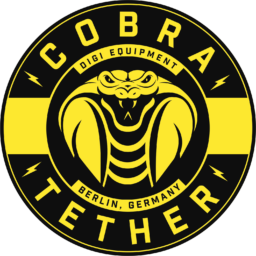

















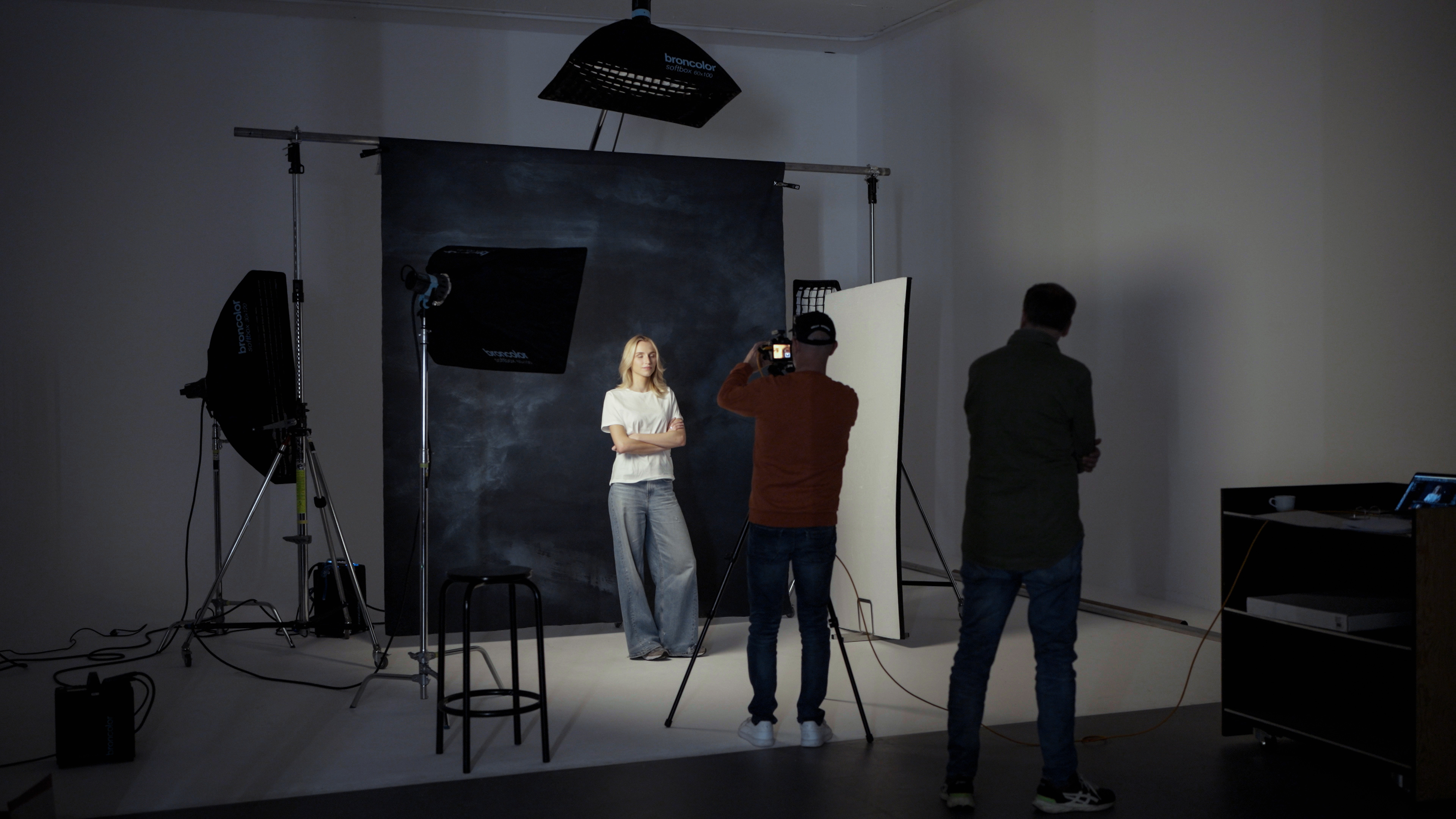

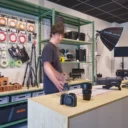
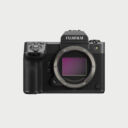 Photo
Photo 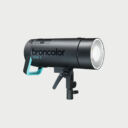 Lighting
Lighting 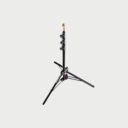 Tripods & Grip
Tripods & Grip  Digital
Digital  Bags & Cases
Bags & Cases 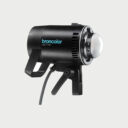 Continous lights
Continous lights 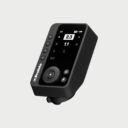 Transmitters
Transmitters 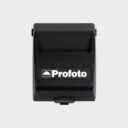 Accessories & Parts
Accessories & Parts 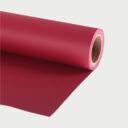 Accessories tripods & grips
Accessories tripods & grips 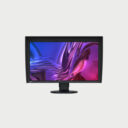 Monitors
Monitors 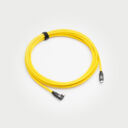 Cables & Tether
Cables & Tether 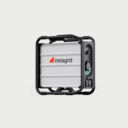 Portable power stations
Portable power stations  Sling bags
Sling bags  Rolling bags
Rolling bags  Organizers & Pouches
Organizers & Pouches 